Skincare Myths: The Truth of the Matter
You might be surprised to learn that there is a lot of skincare information out there that has become accepted as truth over time, when in fact, it's not.
Discerning skincare fact from fiction is in your best interest, and your skin will thank you for it. The bottom line is that there is a lot of skincare advice that just doesn’t help or even make sense—and some of it can actually be damaging.
Let’s have a look at some of the most common skincare myths and get to the truth of the matter.
Common Myths About Skincare Routines
There are many myths surrounding skincare routines. The minimalist approach is a popular one nowadays, which is the school of thought that “less is better”. While this may work for some, individuals who experience issues like acne, rosacea, or dark spots know that ignoring your concerns only makes them worse. Those who spend a lot of time outdoors also shouldn’t take this approach. There are so many skincare products available that address specific problems. Why not take advantage of the latest skincare advancements to alleviate problems?
Another myth is that you need to scrub and over-cleanse your face. It is essential to clean your skin; however, overdoing it with harsh chemicals and excessive scrubbing strips your skin of its natural oils and moisture. Over-cleansing isn’t the solution to healthy-looking skin. Instead, treat your skin gently with products designed to work with your natural oils and are protective of your skin’s moisture barrier.
Myths About Sun Protection
There are so many myths about skincare and the sun, and while you benefit from the vitamin D from the sun, over-exposure causes premature aging and can cause cancer. Let’s look at a few of the most common falsehoods about your skin and the sun.
Myth: Lips don’t get sunburnt.
Fact: Your lips are vulnerable to sun damage and need the same protective care and attention the rest of your skin requires. It’s hard to tell if you’ve burnt the delicate skin on your lips—they may swell, blister, or you might feel pain—aloe vera, cold compresses, and anti-inflammatories can reduce the pain and swelling associated with sunburnt lips. Your best defense against sunburnt lips is applying a quality skincare product like iS Clinical LIProtect SPF 35—and wearing a hat that shades your entire face.
Myth: There’s no need for winter sunscreens.
Fact: Nothing could be further from the truth. Many people think that because the sun isn’t as intense in the winter and there’s more cloud cover, sunscreen isn’t necessary. The fact is the sun’s rays are ubiquitous no matter what time of year it is, and while the rays aren’t always as strong in the winter, they are still dangerous; 80% of UV light burns through the clouds. If you are suffering from overexposure, consider using EltaMD Moisturizer to soothe and calm the uncomfortable effects of too much sun.
Myth: Tanning beds provide a protective base.
Fact: There is little evidence to support that a base tan from a tanning bed offers any protection from getting sunburnt. The risks associated with tanning beds outweigh the misleading benefits, and a base tan is not a good or adequate substitute for sunscreen. At best, it is estimated that a base tan has an SPF of 3 to 4, and while it’s better than nothing, most recommended sunscreen products have an SPF of 15 to 30. Not only does a base tan fail to protect you from getting sunburnt, but it also increases your risk for skin cancer and causes premature aging. Applying a quality skincare product is one of the safest ways to ensure your skin receives protection from the sun. SkinMedica Total Defense + Repair Broad Spectrum SPF 34 is an excellent choice to protect your skin when you are outside.
They Did What?
If you think there are some unbelievable myths surrounding skincare today—consider what people have done historically in the name of beauty.
- Arsenic and lead were used to lighten skin color until it was discovered how dangerous and deadly they were for the skin. There was also a point when females ingested arsenic to enhance a healthy and youthful appearance. The symptoms of arsenic poisoning included vomiting, abdominal pain, tingling of extremities, and death in extreme cases.
- Another perilous beauty approach was the use of belladonna, or the deadly nightshade in an eye-drop to give females a wide-eyed doe look that was considered seductive. Besides blurry vision, headaches, and vertigo—blindness was a side effect.
Thankfully, we learned how dangerous these substances are, and stopped using them long ago.
Get the Best Skincare Information Available for the Best Results
Do your skin a favor and educate yourself about the best skincare practices. We encourage you to talk with your dermatologist about the most advanced and safest skincare routines and products.

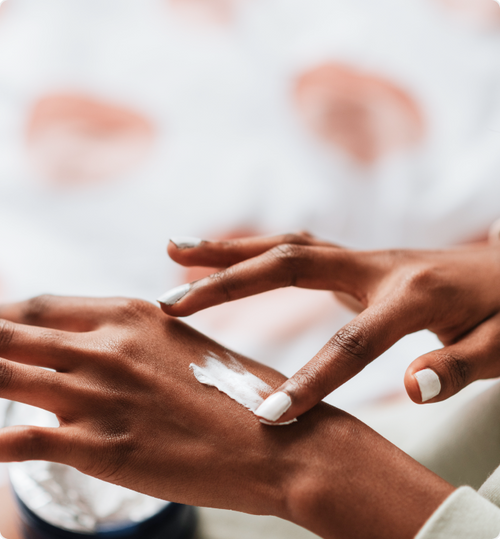
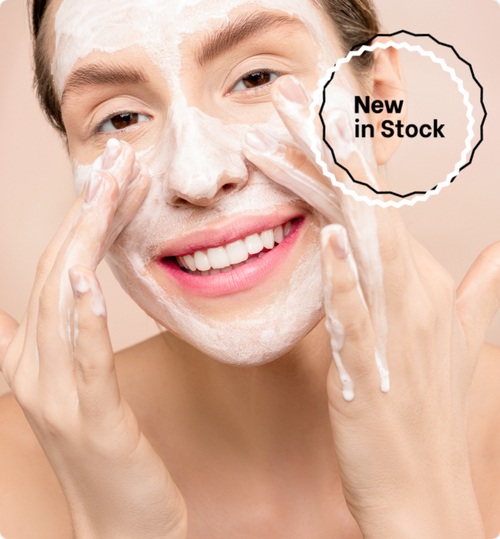
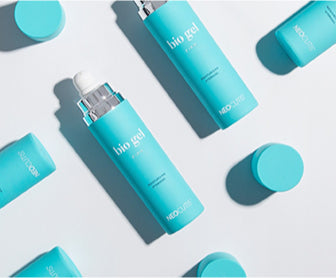
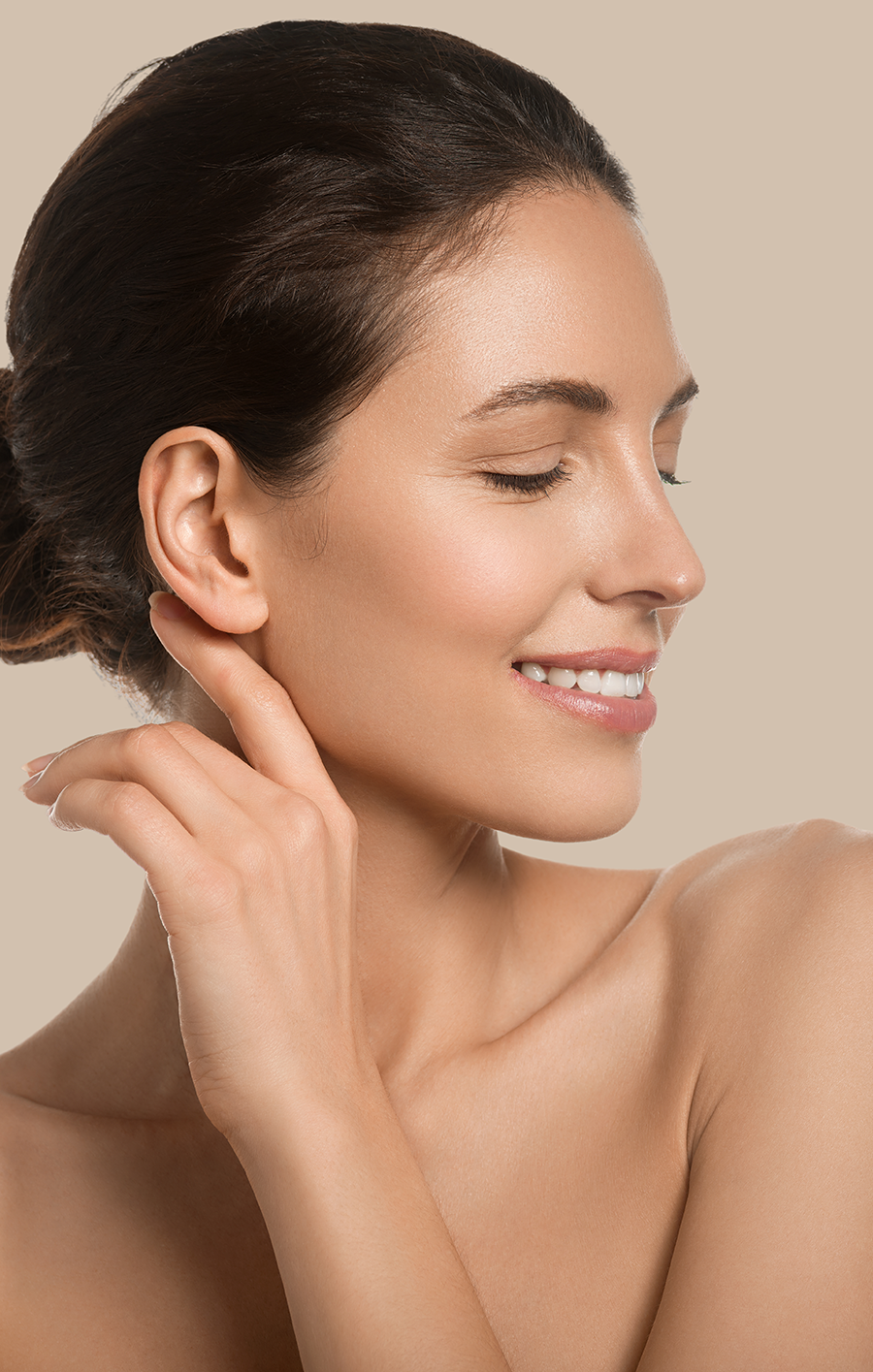
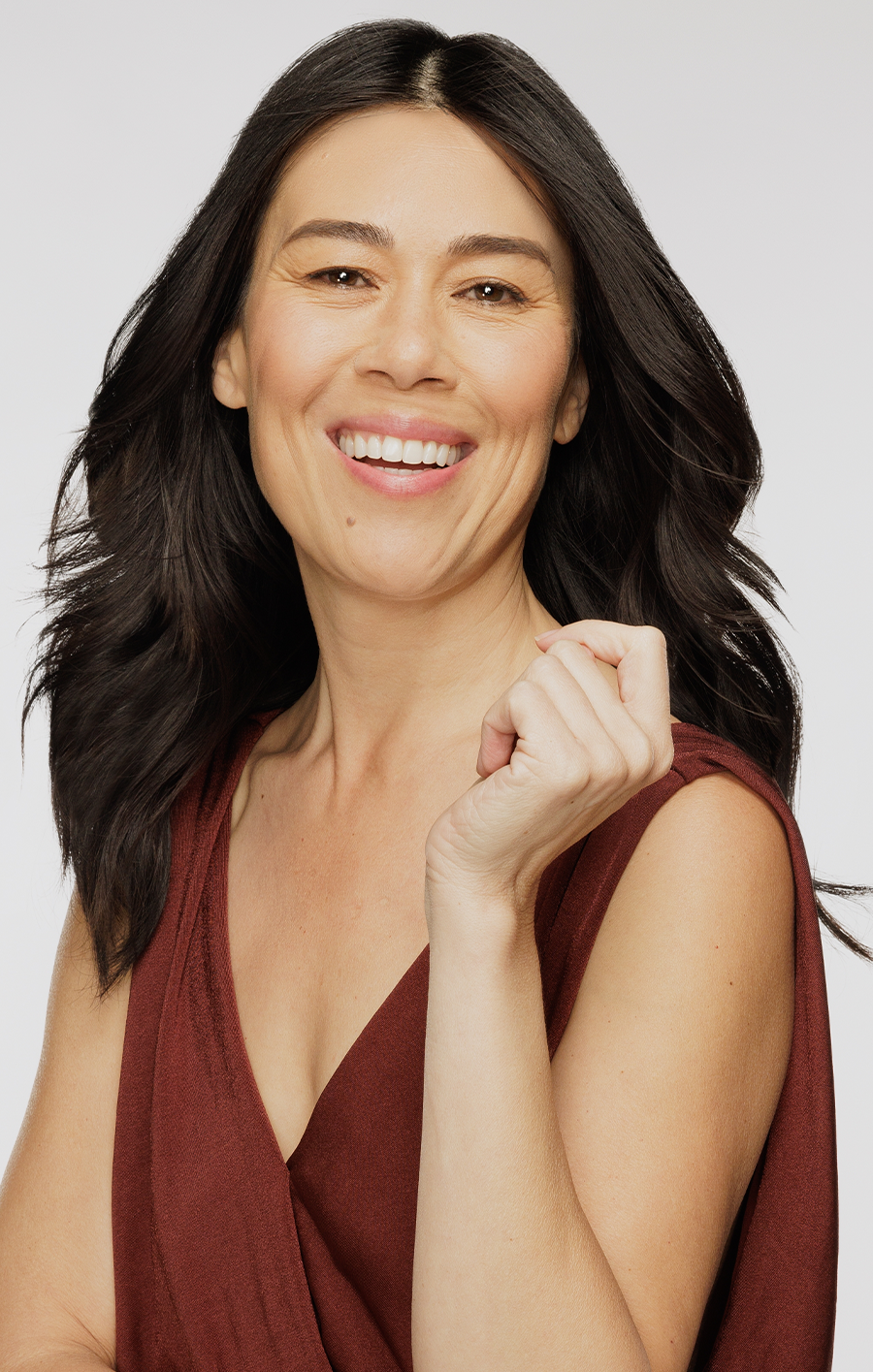
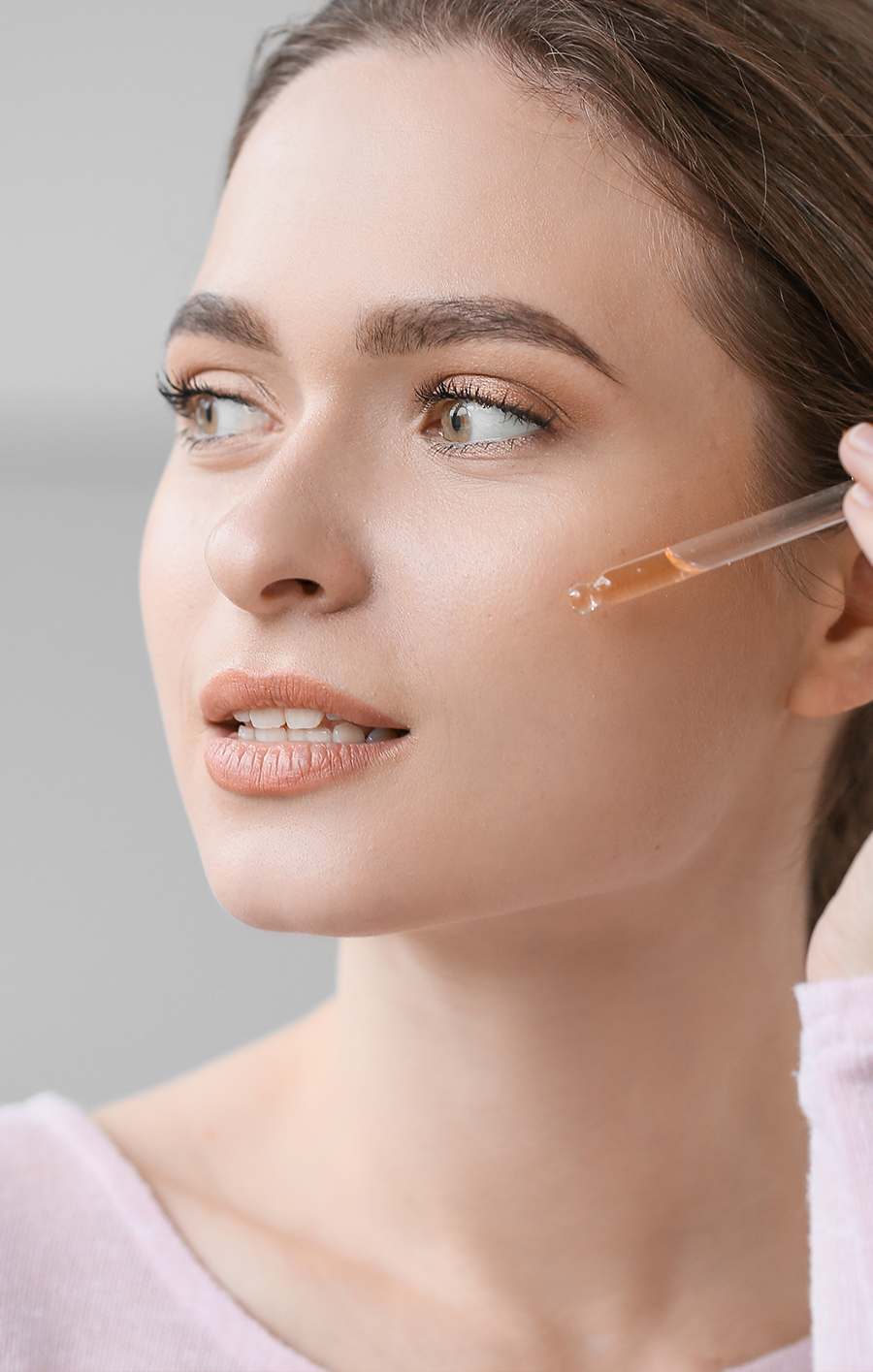
Leave a comment